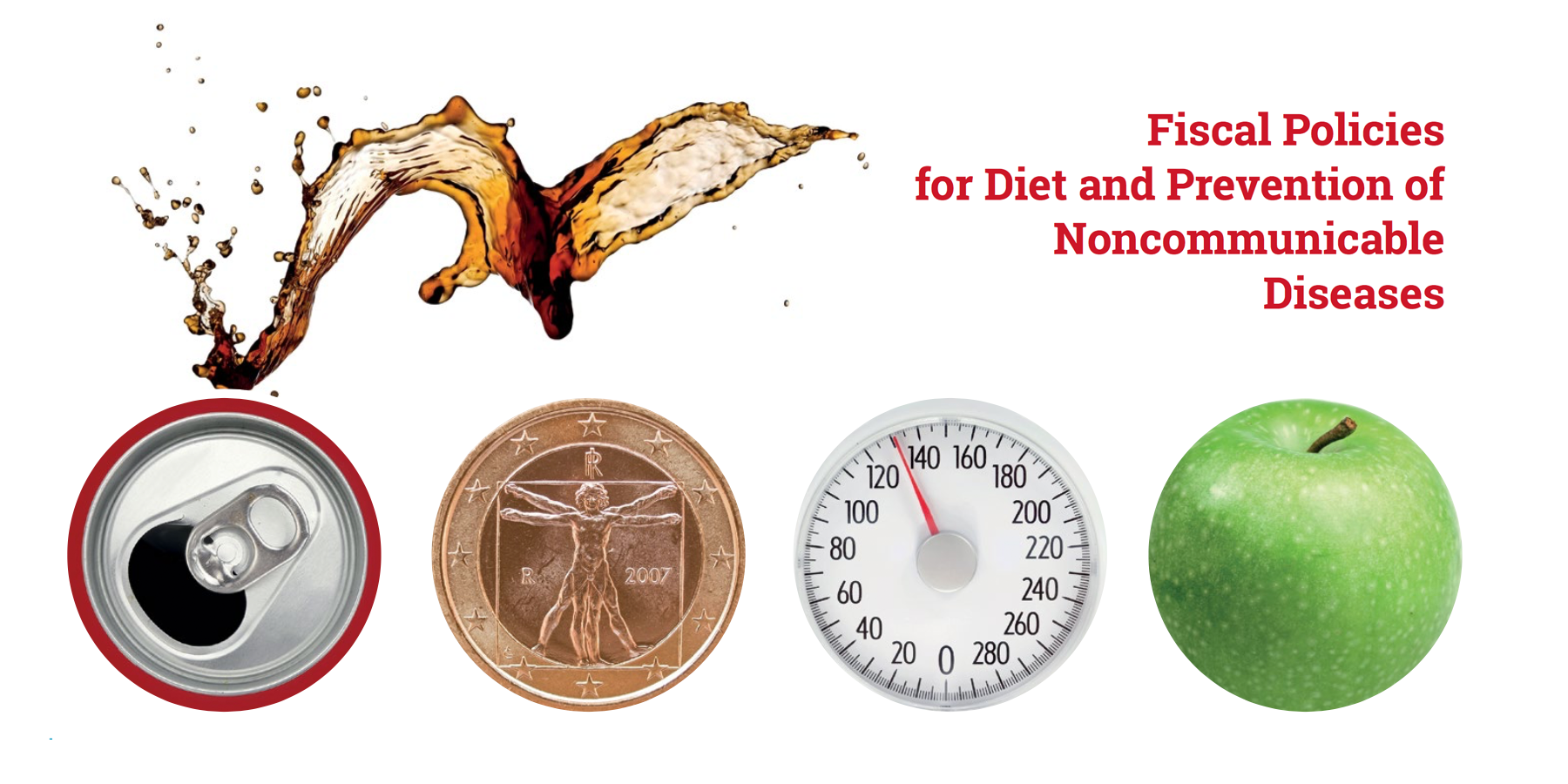WHO takes the lead, urging global action to curtail consumption & health impacts of sugary drinks
11th October 2016

11th October 2016
11 October, 2016, Geneva.- Coinciding with World Obesity Day, the World Health Organization (WHO) has released a new report outlining key steps that can reduce obesity, type 2 diabetes and tooth decay: taxing sugary drinks.
Fiscal policies that lead to at least a 20% increase in the retail price of sugary drinks would result in proportional reductions in consumption of such products, according to the report titled Fiscal policies for Diet and Prevention of Noncommunicable Diseases (NCDs).
Reduced consumption of sugary drinks means lower intake of “free sugars” and calories overall, improved nutrition and fewer people suffering from overweight, obesity, diabetes and tooth decay.
Free sugars refer to monosaccharides (such as glucose, fructose) and disaccharides (such as sucrose or table sugar) added to foods and drinks by the manufacturer, cook or consumer, and sugars naturally present in honey, syrups, fruit juices and fruit juice concentrates.
Obesity on the rise
“Consumption of free sugars, including products like sugary drinks, is a major factor in the global increase of people suffering from obesity and diabetes,” says Dr Douglas Bettcher, Director of WHO’s Department for the Prevention of NCDs. “If governments tax products like sugary drinks, they can reduce suffering and save lives. They can also cut healthcare costs and increase revenues to invest in health services.”
In 2014, more than 1 in 3 (39%) adults worldwide aged 18 years and older were overweight. Worldwide prevalence of obesity more than doubled between 1980 and 2014, with 11% of men and 15% of women (more than half a billion adults) being classified as obese.
In addition, an estimated 42 million children aged under 5 years were overweight or obese in 2015, an increase of about 11 million during the past 15 years.[1] Almost half (48%) of these children lived in Asia and 25% in Africa.
The number of people living with diabetes has also been rising, from 108 million in 1980 to 422 million in 2014. The disease was directly responsible for 1.5 million deaths in 2012 alone.
Need to reduce sugar intake
“Nutritionally, people don’t need any sugar in their diet. WHO recommends that if people do consume free sugars, they keep their intake below 10% of their total energy needs, and reduce it to less than 5% for additional health benefits. This is equivalent to less than a single serving (at least 250 ml) of commonly consumed sugary drinks per day,” says Dr Francesco Branca, Director of WHO’s Department of Nutrition for Health and Development.
According to the new WHO report, national dietary surveys indicate that drinks and foods high in free sugars can be a major source of unnecessary calories in people’s diets, particularly in the case of children, adolescents and young adults.
It also points out that some groups, including people living on low incomes, young people and those who frequently consume unhealthy foods and beverages, are most responsive to changes in prices of drinks and foods and, therefore, gain the highest health benefits.
Using fiscal policies to reduce consumption
Fiscal policies should target foods and beverages for which healthier alternatives are available, the report adds.
The report presents outcomes of a mid-2015 meeting of global experts convened by WHO and an investigation of 11 recent systematic reviews of the effectiveness of fiscal policy interventions for improving diets and preventing NCDs and a technical meeting of global experts. Other findings include:
A number of countries have taken fiscal measures to protect people from unhealthy products. These include Mexico, which has implemented an excise tax on non-alcoholic beverages with added sugar, and Hungary, which has imposed a tax on packaged products with high sugars, salt or caffeine levels.
Countries, such as the Philippines, South Africa and the United Kingdom have also announced intentions to implement taxes on sugary drinks.
Notes to editors:
As part of comprehensive policy measures to improve health, WHO calls on governments to use fiscal measures in its Global Action Plan on the Prevention and Control of NCDs 2013 – 2020, the Comprehensive Implementation Plan on Maternal , Infant and Young Child Nutrition and more recently by the WHO Commission on Ending Childhood Obesity.
In 2012, 38 million people lost their lives due to NCDs, 16 million or 42% of whom died prematurely – before 70 years – from largely avoidable conditions. More than 80% of people who died prematurely from a NCD were in developing countries. Governments had committed to reduce deaths from NCDs, and the 2030 Sustainable Development Agenda includes a target to reduce premature deaths from diabetes, cancers, heart and lung diseases by one-third by 2030.
At the Second International Conference on Nutrition in 2014, governments committed to reshape food systems, and this is the main goal of the recently declared UN Decade of Action of Nutrition 2016-2025.
For more information, contact:
Paul Garwood, WHO Department of communications
[1] Joint Child Malnutrition Estimates 2015, WHO, UNICEF and the World Bank, http://www.who.int/nutgrowthdb/estimates/en